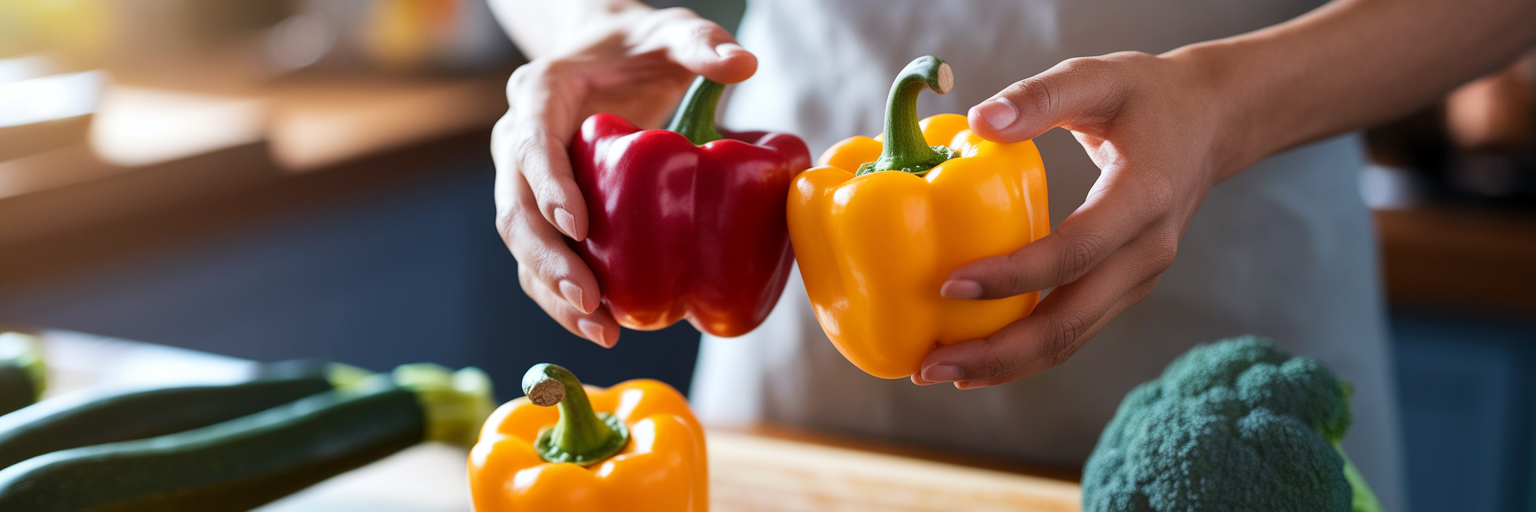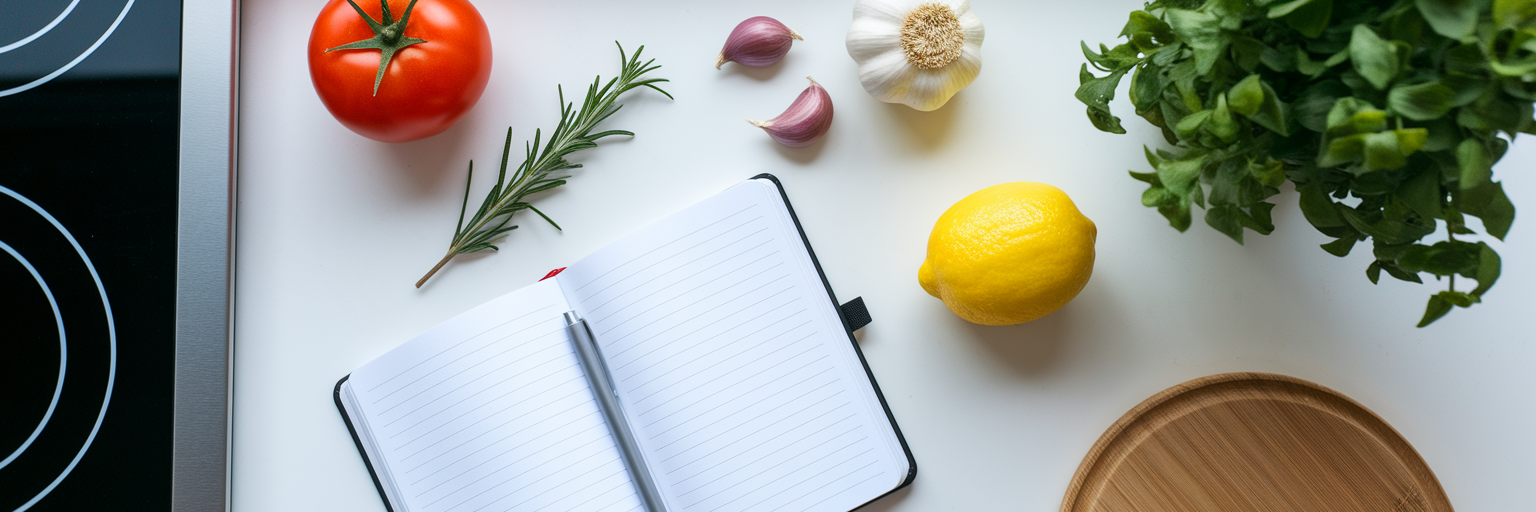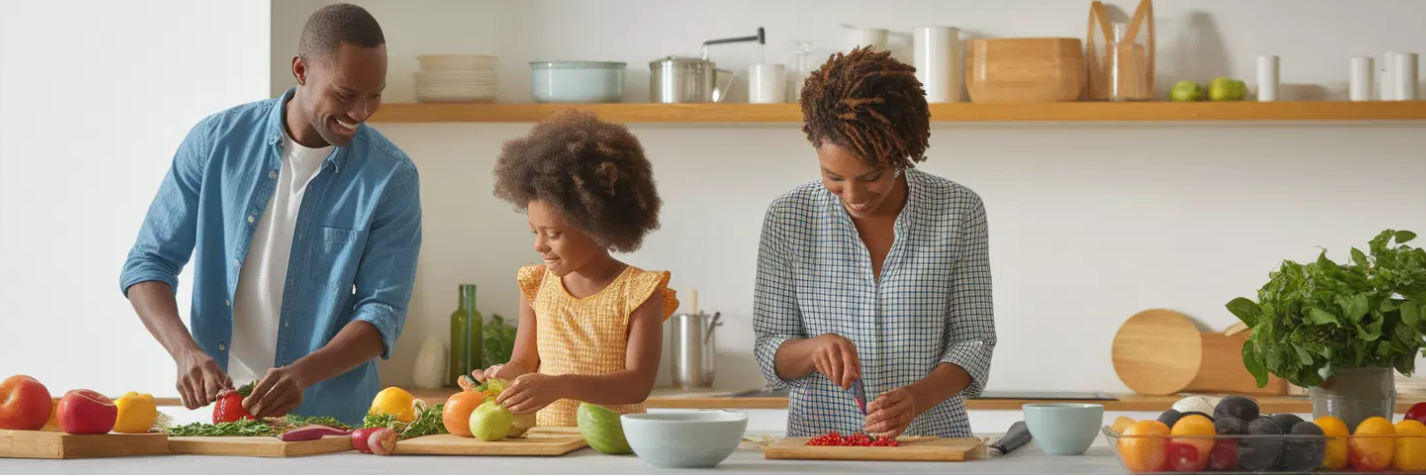Food waste is a significant issue in the United States, with the EPA reporting that food is the single largest category of material placed in municipal landfills. This not only strains household budgets but also the environment; however, learning to cook healthy meals with limited ingredients can be a powerful and delicious solution.
The Smart Pantry Foundation for Healthy Cooking
A well-organized kitchen often brings to mind images of overflowing shelves, but the secret to consistently creating healthy meals with limited ingredients isn't about quantity. It’s about having the right foundational items. Think of your pantry not as a storage unit, but as your first mate in the quest for delicious, waste-free cooking.
Identifying core nutrient-dense staples is the first step. These are the workhorses of a smart pantry:
Whole Grains: Oats, quinoa, and brown rice provide sustained energy and essential fiber, forming the base for many American breakfast bowls, sides, and salads.
Legumes: Canned or dried lentils, chickpeas, and black beans are powerhouses of plant-based protein and fiber, bulking up soups, chilis, or making satisfying veggie burgers.
Healthy Fats: Quality olive oil, nuts, and seeds add flavor, promote satiety, and deliver essential nutrients, making simple dishes feel complete.
Strategic selection of long-lasting produce also plays a crucial role. Root vegetables like carrots and potatoes, alongside onions and garlic, are US kitchen staples because they store well and form the backbone of numerous recipes. Apples and citrus fruits offer extended freshness when stored properly, often in a cool, dark place or the crisper drawer.
Don't underestimate the transformative power of a versatile spice rack. A curated collection including cumin, paprika, oregano, basil, chili powder, garlic powder, and onion powder can turn simple ingredients into a flavor adventure, common in American cooking. Smart storage, like using airtight containers for grains, extends their life. For more in-depth storage techniques, resources like the Advanced Food Storage Guide from KitchenSustainabilityHub.com can be very helpful. A thoughtfully curated pantry is the bedrock of effortless, healthy cooking, even with a short shopping list.
Mastering Ingredient Swaps and Flexibility
Building on that smart pantry, the next skill is becoming adaptable in the kitchen. We've all been there: halfway through a recipe, you realize you're missing a key component. Instead of a dinner disaster, this is your cue to practice the art of substitution. Recipes are often more like guidelines than strict rules.
Understanding substitution categories is fundamental. Think of it as an ingredient substitution guide in your head. You can often swap items within the same group: spinach for kale, black beans for kidney beans in your favorite chili, or ground turkey for beef in meatloaf. The goal is to maintain similar nutritional value and texture. For instance, if a recipe calls for chicken breast, but you only have firm tofu or chickpeas, you can often make that switch, adjusting cooking times as needed.
When you do substitute, consider potential flavor profile adjustments. If you swap a sweet vegetable like sweet potato for a regular potato in a savory dish, the overall taste might shift. Sometimes, a small tweak, like a touch of maple syrup if you're aiming for that sweetness, or an extra pinch of a savory spice, can rebalance the dish. It’s about tasting and adjusting, a common practice in many American home kitchens.
Adapting recipes for missing or limited items can also mean simplifying. If you're short on potatoes for a stew, you might bulk it up with more carrots or celery. Sometimes, a non-essential garnish or a secondary spice can be omitted without derailing the meal. This leads directly to the 'Use-It-Up' approach to minimize waste. Get creative with small leftovers or items nearing their end. Those vegetable scraps can become a flavorful broth, and stale bread makes fantastic croutons. This resourceful mindset is key to reduce food waste cooking.
Here’s a table with some common swaps:
| Original Ingredient | Good Substitutes | Key Considerations (Flavor/Texture/Nutrition) |
|---|---|---|
| Spinach (Leafy Green) | Kale, Swiss Chard, Arugula | Kale is heartier; arugula adds peppery notes. Adjust cooking time accordingly. |
| Chicken Breast (Protein) | Tofu, Chickpeas, Lentils, Turkey Breast, Firm Fish | Tofu/chickpeas for vegetarian options; lentils add fiber. Cooking methods may vary. |
| White Rice (Grain) | Quinoa, Brown Rice, Couscous, Farro, Cauliflower Rice | Quinoa/brown rice offer more fiber; cauliflower rice is a low-carb option. Adjust liquid and cooking times. |
| Granulated Sugar (Sweetener) | Honey, Maple Syrup, Agave Nectar, Date Paste | Liquid sweeteners add moisture; flavors vary. Use less as they are often sweeter. |
| Dairy Milk (Liquid) | Almond Milk, Soy Milk, Oat Milk, Coconut Milk (canned for richness) | Flavor and creaminess differ. Choose unsweetened for savory dishes. Coconut milk adds distinct flavor. |
| Onion (Aromatic) | Shallots, Leeks (white/light green parts), Onion Powder | Shallots are milder; leeks need thorough cleaning. Powder for a quick flavor boost (use less). |
This table provides practical alternatives for common ingredients, helping home cooks adapt recipes based on availability. These swaps support the goal of cooking with limited ingredients and reducing food waste, while maintaining the integrity of the dish. Embracing flexibility and smart substitutions not only expands your culinary range but also significantly cuts down on waste.
Quick and Nutritious Meal Formulas
Once your pantry is stocked and you're comfortable with substitutions, creating easy healthy recipes at home becomes less about complex instructions and more about simple meal formulas. These frameworks allow creativity and efficiency with limited ingredients.
The 'One-Pan/Pot' method is a weeknight hero in many American households, prized for simplicity and minimal cleanup:
Select your protein (chicken thighs, salmon, tofu) and chop into even pieces.
Choose colorful vegetables (broccoli, bell peppers, sweet potatoes) and cut to a similar size.
Toss everything with olive oil and your favorite spices from that versatile rack.
Arrange on a sheet pan or in one pot and cook until done.
Sheet pan dinners, a popular version of this, are a testament to its effectiveness.
Crafting balanced bowls is another versatile formula. Start with a base (quinoa, brown rice, greens), add a protein (canned tuna, chickpeas, leftover chicken), layer on vegetable toppings (corn, black beans, avocado), and finish with a simple dressing like vinaigrette or salsa. A Salmon and Spinach Rice Bowl exemplifies this balanced approach.
Versatile soup and stew bases transform humble ingredients. A simple broth, canned tomatoes, or coconut milk can be the start. Add available vegetables, legumes, and spices to create anything from classic chicken noodle to a hearty Spiced Lentil and Chickpea Stew.
And elevate eggs beyond breakfast. They're a quick, affordable protein for lunch or dinner. Whip up a frittata or an omelet with leftover veggies, like a Broccoli and Cheddar Cheese Omelette, or add an egg to broth for quick egg drop soup. The popularity of easy 5 ingredient healthy recipes US home cooking on food blogs shows a strong demand for such simplicity. These meal formulas are often more valuable than rigid recipes for quick, nutritious meals using what you have.
Smart Kitchen Tech for Ingredient-Based Cooking
Beyond pantry skills and flexible recipes, modern technology offers powerful assistance for cooking with what you have. These digital tools can streamline meal planning and make the most of every ingredient.
Digital tools for ingredient management are a good start. Apps or simple digital lists help track your pantry inventory, preventing that blank stare into the fridge and reducing redundant grocery purchases—a common frustration.
This is where AI-powered recipe generation truly shines. Modern apps can analyze user-inputted ingredients and suggest suitable recipes. For example, apps like EasyChef use AI to scan the ingredients you have on hand—perhaps those last few items—and generate tailored recipe suggestions, taking the guesswork out of dinner.
Furthermore, these tools often allow deep customization. You can filter recipes by dietary needs (gluten-free, vegan, paleo), which is vital for many American households. They can also account for available cooking equipment, like an air fryer or slow cooker, and help you explore global cuisines with your existing ingredients. This personalization makes meal planning efficient.
Ultimately, this tech-assisted approach significantly helps in reducing food waste cooking. By providing timely meal ideas based on your current stock, these apps ensure ingredients are used before expiry, a growing concern for environmentally conscious consumers. Kitchen technology, used thoughtfully, simplifies cooking with limited ingredients, aids recipe discovery, and champions a less wasteful kitchen.
Sustaining Healthy, Economical Eating Habits
Adopting these strategies for cooking with limited ingredients cultivates sustainable, economical eating habits with long-term benefits for your health and wallet.
The economic advantage is clear. Consistently cooking with fewer, well-chosen ingredients and using what you have reduces grocery bills. This means fewer impulse buys at large US supermarkets and less food spoilage, directly saving money for the average American household.
Strategic meal prepping with core ingredients helps maintain healthy meals limited ingredients throughout the week, a popular tactic for busy Americans:
Cook a large batch of a versatile grain like quinoa or brown rice weekly.
Roast a mix of seasonal vegetables for easy additions to various meals.
Prepare a simple protein (shredded chicken, hard-boiled eggs, baked tofu) for quick meal assembly.
This pairs with mindful grocery shopping. Create lists based on planned meals and existing stock, buying only what’s needed and avoiding over-purchasing. As cooking confidence grows with simple techniques and basic ingredients, reliance on expensive, less healthy takeout diminishes. This empowers you to control meal quality and budget.
Learning to cook well with limited items is a sustainable lifestyle choice. It’s a practical approach to personal health, financial well-being, and contributes to reduce food waste cooking, making it more than a temporary fix.











